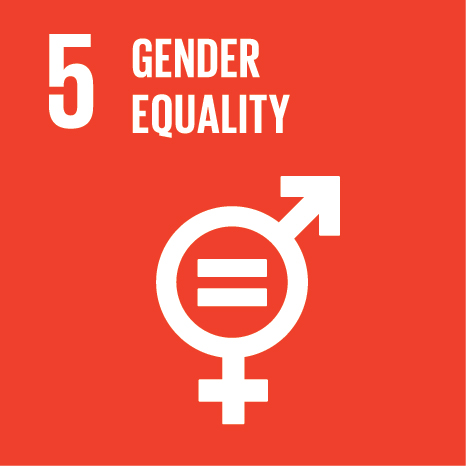Ciência_Iscte
Publications
Publication Detailed Description
Public chronic pain stigma and the role of pain type and patient gender: An experimental vignette study
Journal Title
Journal of Pain
Year (definitive publication)
2023
Language
English
Country
United Kingdom
More Information
Web of Science®
Scopus
Google Scholar
This publication is not indexed in Overton
Abstract
Research exploring the specific manifestations of chronic pain (CP) public stigma is scarce. One potential factor influencing public stigma manifestations may be the CP type, that is, the presence (secondary CP) or absence (primary CP) of a clearly identifiable pathophysiology. Furthermore, patient gender may play a key role, whereby pain-related gender stereotypes may evoke distinct gender role expectations towards men and women experiencing CP. The aim of the research was 2-fold. First, by means of an experimental vignette design, the general population's cognitive, affective, and behavioral responses were investigated, both towards primary versus secondary CP and towards men versus women. Second, a potential interaction was examined between CP type and patient gender. The research is divided into 2 separate samples: individuals with CP (N = 729) and individuals without CP (N = 283). Factorial ANOVA models were estimated with CP type, patient gender, and participant gender included as factors, age as control variable. The findings support, partly, the general hypothesis of higher (perceived) public stigma towards individuals with primary (vs secondary) CP. No main effects of patient gender were observed. Gender bias in stigmatizing manifestations only emerged in certain contextual circumstances (ie, pain type and participant gender). Different interaction effects (with a combination of gender, patient gender, or CP type) were significant for the distinctive outcome variables. Interestingly, throughout the findings, different patterns of results are found in both samples. The study contributes to the literature on CP stigma, as well as the psychometric examination of items assessing stigmatizing manifestations. Perspective: This study examined the role of contextual factors chronic pain type and patient gender into cognitive, affective, and behavioral stigmatizing manifestations coming from the general population towards individuals with chronic pain through an experimental vignette study. The study contributes to the chronic pain stigma literature, as well as the psychometric examination of items assessing stigmatizing manifestations.
Acknowledgements
--
Keywords
Fields of Science and Technology Classification
- Basic Medicine - Medical and Health Sciences
- Clinical Medicine - Medical and Health Sciences
Funding Records
| Funding Reference | Funding Entity |
|---|---|
| No. G020118N | Fund for Scientific Research |
| No. 11K0421N | Fund for Scientific Research |
Contributions to the Sustainable Development Goals of the United Nations
With the objective to increase the research activity directed towards the achievement of the United Nations 2030 Sustainable Development Goals, the possibility of associating scientific publications with the Sustainable Development Goals is now available in Ciência_Iscte. These are the Sustainable Development Goals identified by the author(s) for this publication. For more detailed information on the Sustainable Development Goals, click here.

 Português
Português



